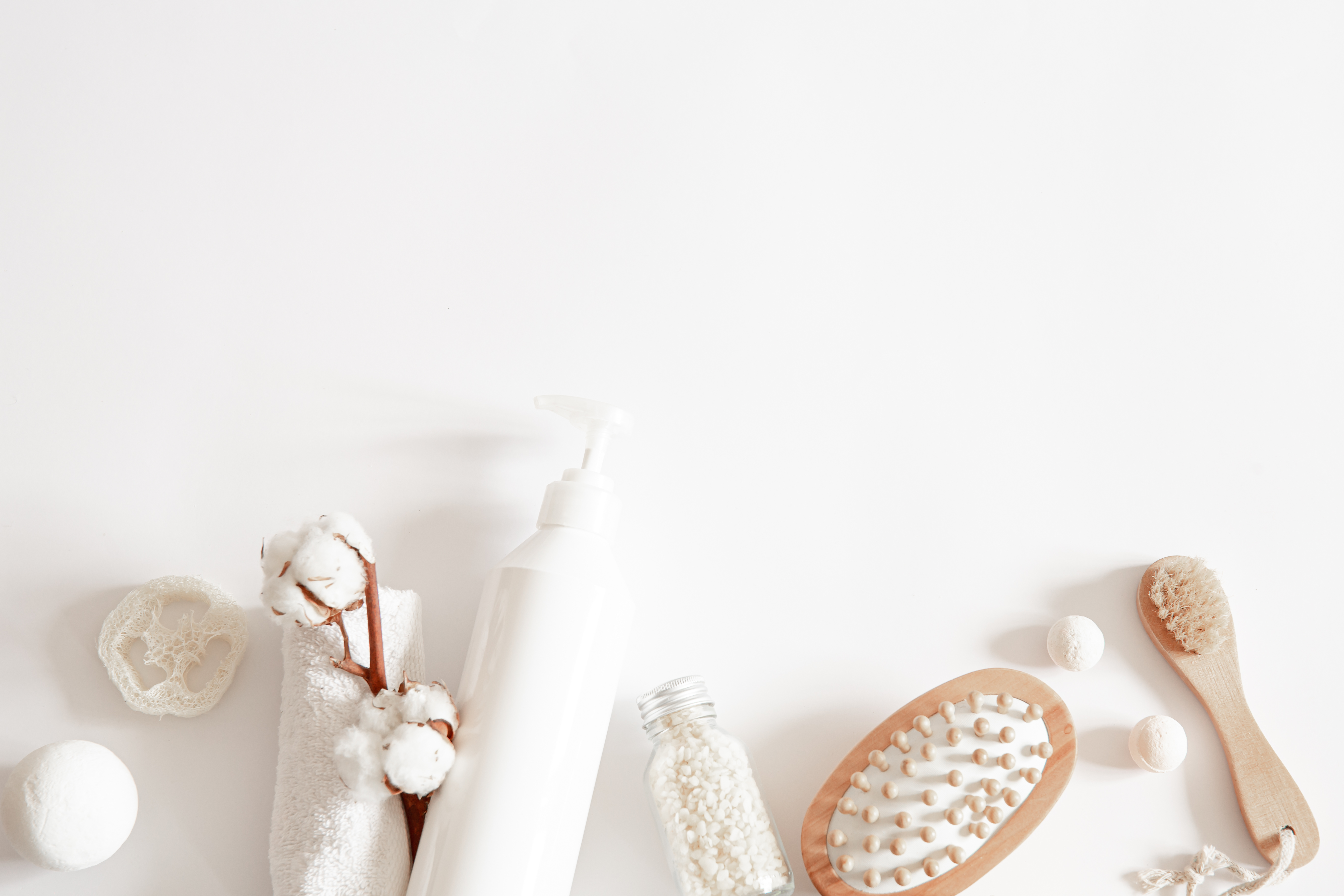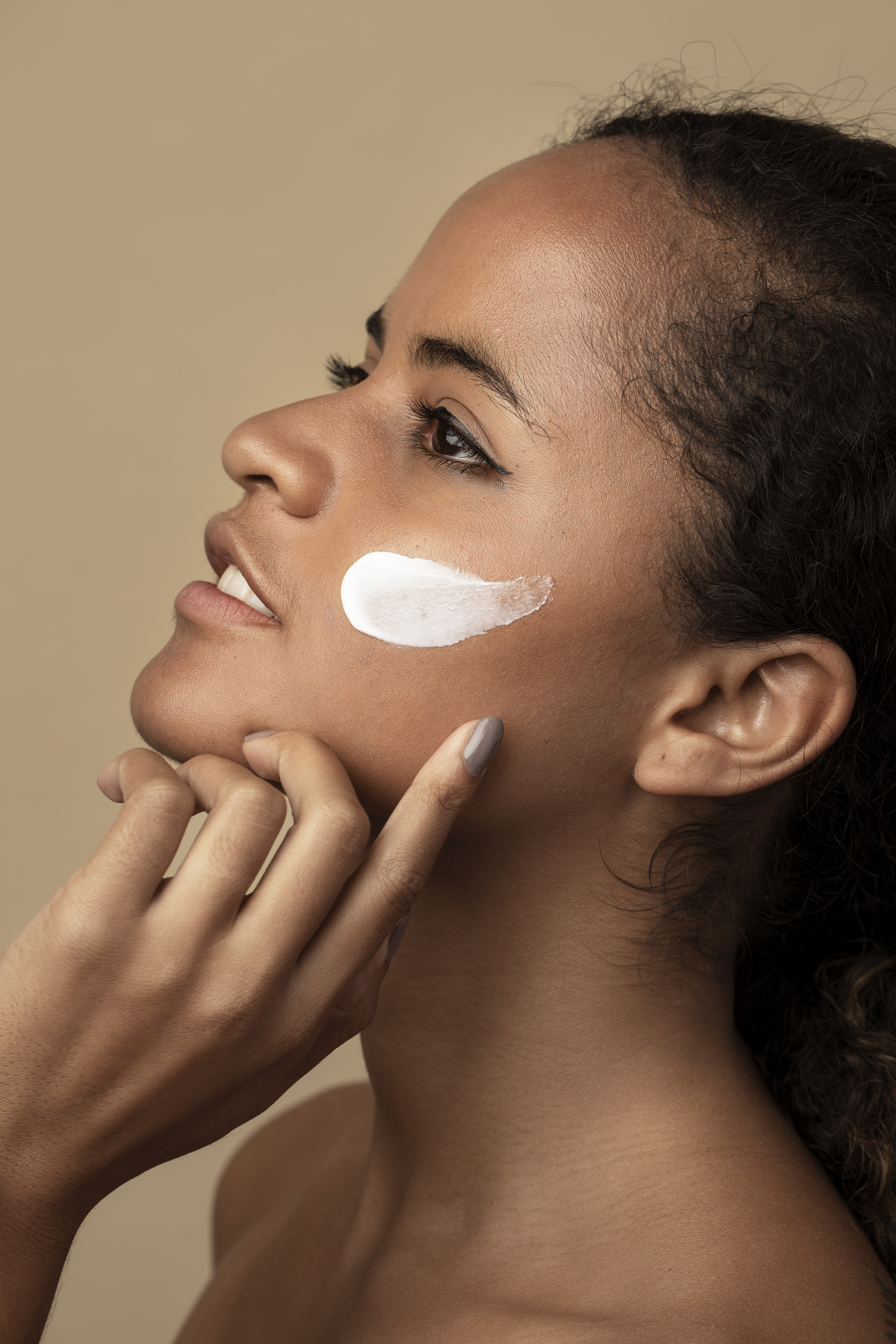
How to Exfoliate Your Skin: The Right Way
“Dead skin, go away! Please don’t come back on another day!”
What is the meaning of exfoliate? Simply put, it is the process of removing dead skin cells from the skin’s surface. More in-depth, it is the most effective method in maintaining or obtaining that baby soft skin and bright complexion that we all so desperately seek. With so many physical and chemical exfoliants, which one is the right one for you and how should you use it? Keep reading to learn.

Why is Exfoliating Good For Your Skin?
There are various benefits to incorporating an exfoliation step into your skincare routine. The first of which an increased cell turnover, which leads to a brighter complexion and more even skin tone. By removing the layers of old skin, new and healthy layers surface, allowing for that radiant glow.
Moreover, believing that danger is near during the exfoliation process, the skin cells trigger the production of collagen. Collagen is one of the main components for connective tissues all over the body, including the skin. Thus, when collagen production increases or is cosmetically injected, the skin tightens and even reduces fine lines and wrinkles, giving your skin that plump and youthful look.
However, radiance and youth are not the only benefits, but also practicality. Given that old skin layers no longer obstruct the new skin, all the nutrients from your skincare products are directly absorbed into the skin, giving you a bang for your buck! Additionally, as the old skin is no longer trapping dirt, clogged pores become a thing of the past, helping decrease the chances of sebum buildup and thus acne.
Physical and Chemical Exfoliants: The Difference
There are two main types of exfoliants: physical and chemical.
The physical type involves the literal act of rubbing against the skin’s surface typically with a washcloth or facial scrub containing fruit pits or micro-beads. These types are often too harsh and lead to micro-tears on the skin barrier if not used in moderation. Moreover, they graze the surface of the skin, meaning that they fail to penetrate deep enough into the skin to uncover all the dirt and grime.
Conversely, chemical exfoliants are acids that get rid of dead skin cells. The main acids are broken into Alpha-Hydroxy Acids (AHAs) and Beta-Hydroxy Acids(BHAs). The former are water soluble and rest on the skin’s surface to break down the bonds of dead skin cells. The latter are oil soluble and dig deeper into the skin to remove dead skin cells.
Chemical exfoliants, unlike physical exfoliants, let the product do the work. Moreover, they do the work more deeply and efficiently without inflicting physical harm to the skin. Additionally, chemical exfoliants are typically the ones that result in the benefits listed in the previous section: brighter, more youthful, and radiant complexions. As such, chemical exfoliants are generally more favored in the skincare world than physical exfoliants as said by dermatologists, beauticians, and beauty gurus.
To read more about facial scrubs and chemical exfoliants, click here.
How to Exfoliate Your Face?
Physical Exfoliants
So how exactly do you exfoliate? For physical exfoliants or facial scrubs, people typically wash their face with a cleanser compatible with their skin type and then go in with a scrub on damp skin. Although everyone has different levels of tolerance, I advise a no rubbing policy to avoid micro-tears.
Chemical Exfoliants
Chemical exfoliants, on the other hand, seep into the skin. They are applied after cleansing, and before toner and essence to immediately penetrate the pores and get rid of dead skin (unless stated otherwise).
To use, many chemical exfoliants come in either a liquid or pre-soaked cotton form. For liquids, you can apply directly onto the skin or use a cotton pad to gently swipe across your face. For pre-soaked cotton pads, you can simply peel one out and swipe across the skin.
How often should you exfoliate?
Well, unfortunately there is no exact answer; it’s simply what works best with your skin. Some are able to exfoliate everyday while others are content with every other day. Overall, it’s best to start with the minimum and only do what your skin needs — nothing more, nothing less.
In terms of what time of day to use a chemical exfoliant, there is no requirement. It is generally recommended to use at night as acids are sensitive to UV rays. However, as long as you apply a generous layer of SPF, you’re good to go!
Wish Formula’s Solution
In my opinion, the best Korean chemical exfoliator that I recommend you to try is Wish Formula’s Day Day 365 All-in-One Boosting Pad Mask. Containing the more gentle AHAs, glycolic and lactic acids, this product targets several skin concerns: hyperpigmentation, wrinkles, and texture. Moreover, not only have chemical exfoliants, but also niacinamide and rosa centifolia flower extract, making it perfect for even those with sensitive skin seeking a glow.

To use the Day Day 365 All-in-One Boosting Pad, place your fingers in the band and gently sweep it across the face after cleansing. Also, try to sweep in upwards motions to keep the skin lifted. Make sure to follow up with a good moisturizer and SPF as this is a daytime product.
Make sure to also check out Wish Formula’s Night Night 365 Sea Water Sleeping Pad Mask.
Final Thoughts
Helping with wrinkles, fine lines, dull skin, and so much more, exfoliants truly are all-in-one skin solvers. As such, I truly recommend incorporating a regular exfoliation step into your skincare routine.
Just remember everything should be done in moderation as the skin is delicate. Even if your skin isn’t showing any signs of irritation, it doesn’t mean no harm is occurring. Thus, only do what your skin needs and nothing more!
To learn more about K-beauty and the latest skincare products, make sure to read our last post.





